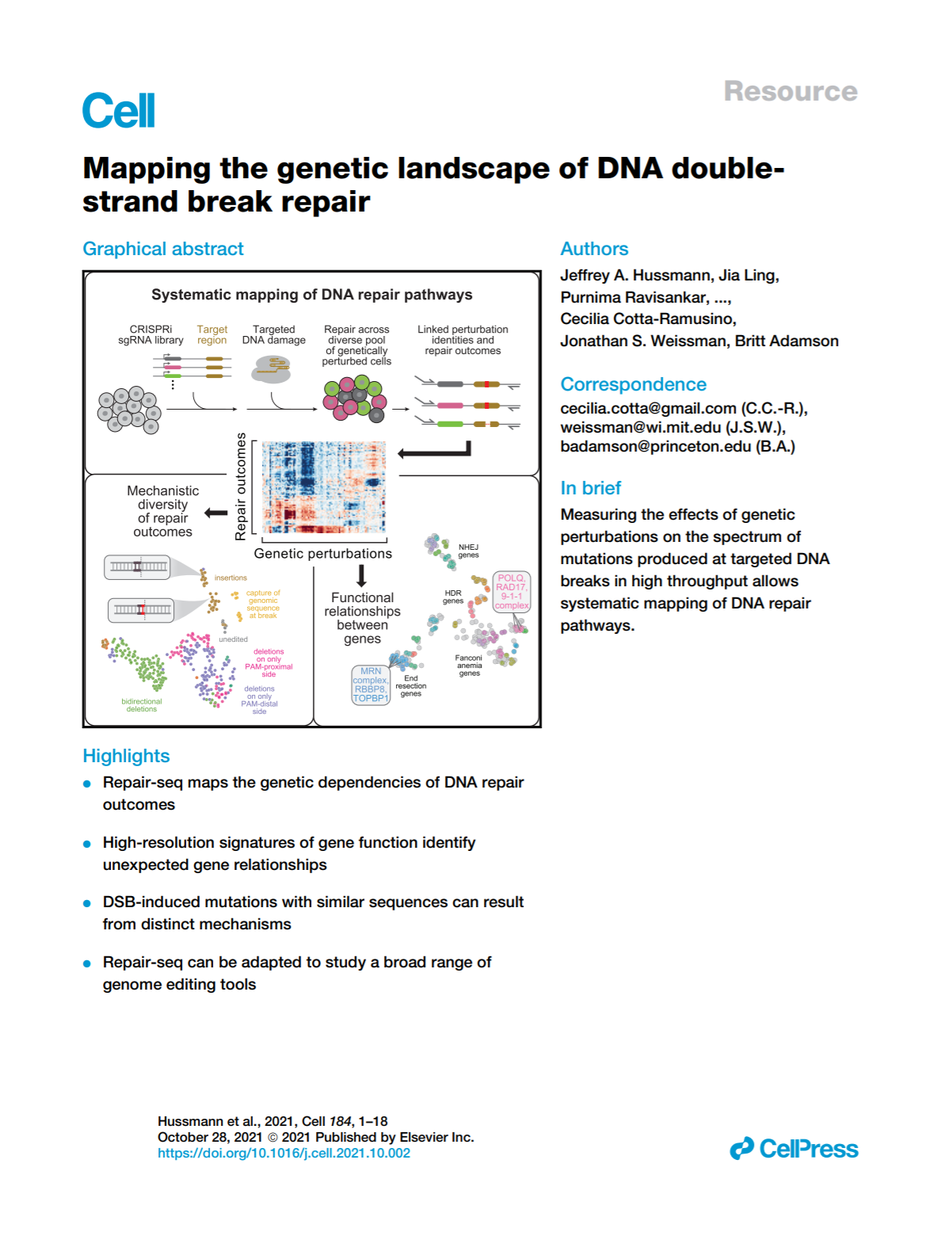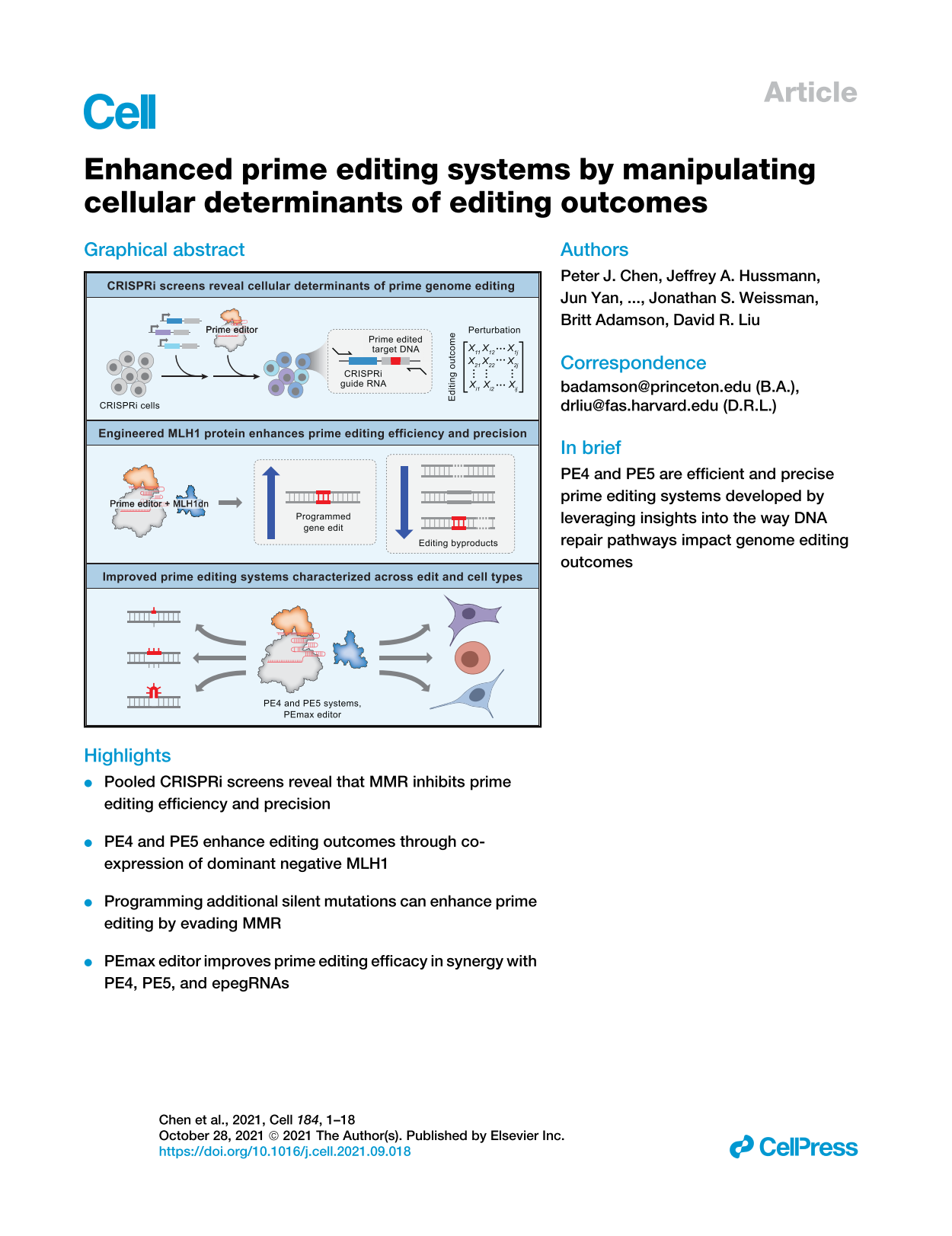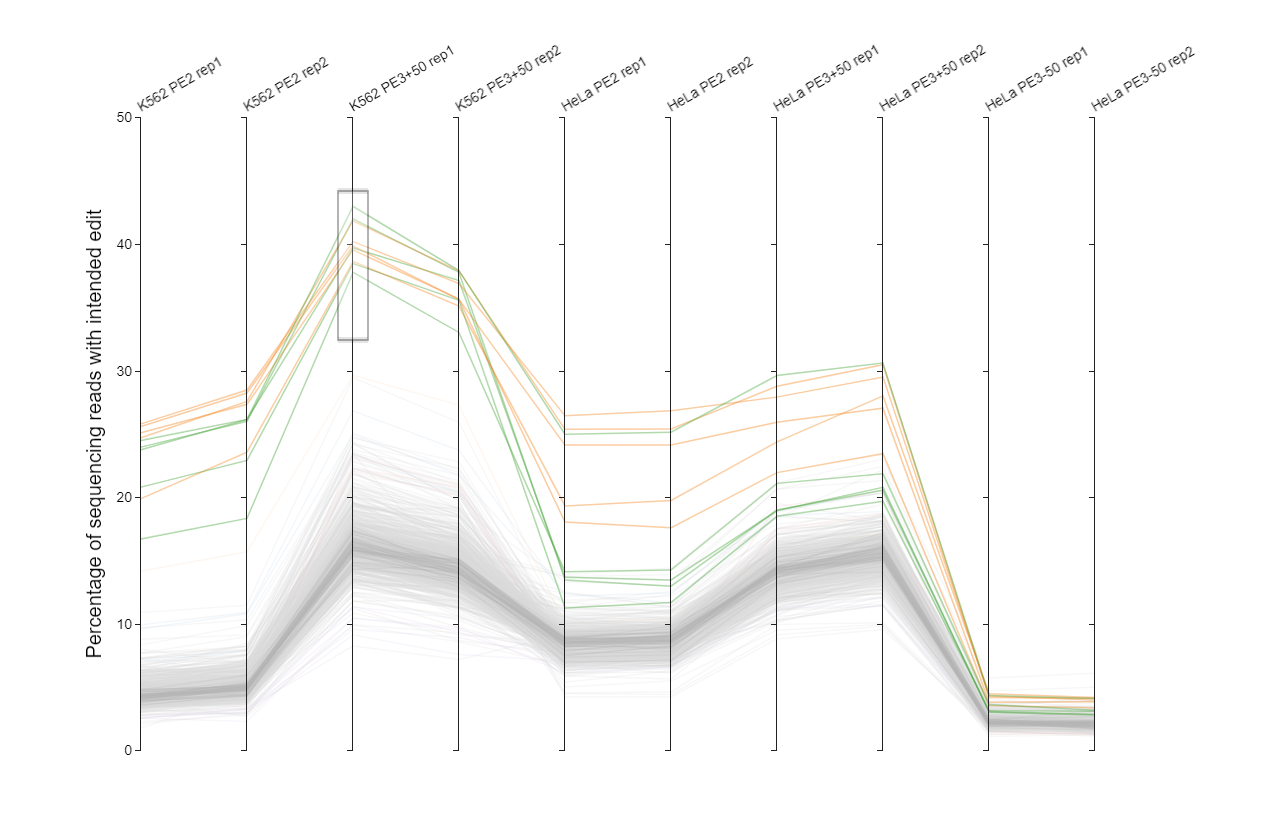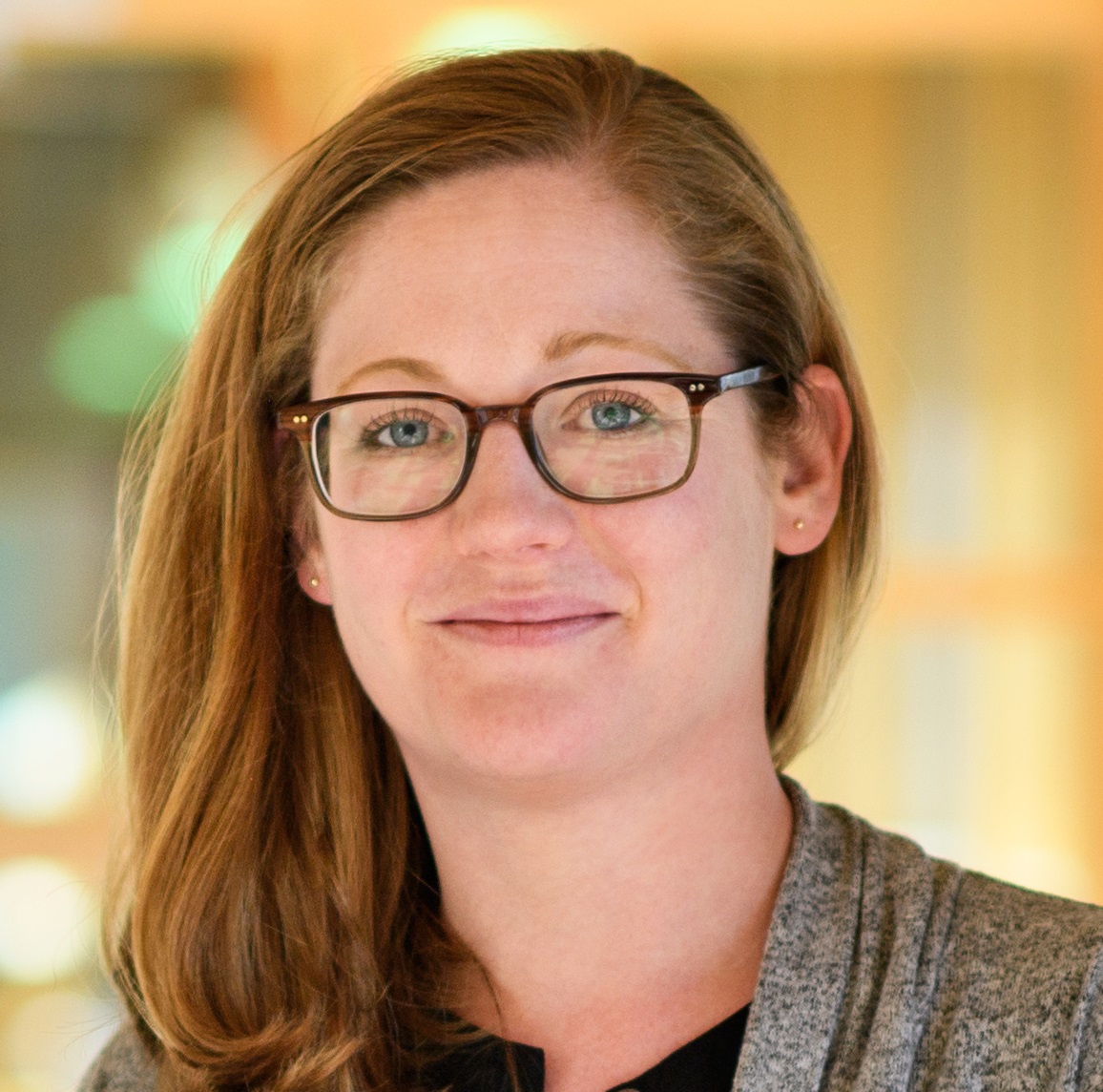Repair-seq is an experimental approach for systematically mapping DNA repair pathways by measuring the effects of many different genetic perturbations on the distribution of mutations produced at targeted DNA damage.
Repair-seq can be applied to study the basic biology of DNA repair and to learn how different genome editing technologies interact with endogenous repair processes, enabling the design of more efficient and precise editing tools.
To read about the development of Repair-seq and its application to double-strand break repair, see Hussmann, ..., Cotta-Ramusino, Weissman, Adamson, Cell (2021).
To read about the application of Repair-seq to prime editing, see Chen*, Hussmann*, ..., Adamson, Liu, Cell (2021).
To read about the application of Repair-seq to base editing, see Koblan*, Arbab*, Shen*, Hussmann, ..., Weissman, Adamson, Liu, Nature Biotechnology (2021).
Use menus at the top of this page to explore data from these studies, including interactive visualizations.
Repair-seq was developed by Jeff Hussmann (Weissman lab, UCSF/Whitehead) and Britt Adamson (Princeton University).





